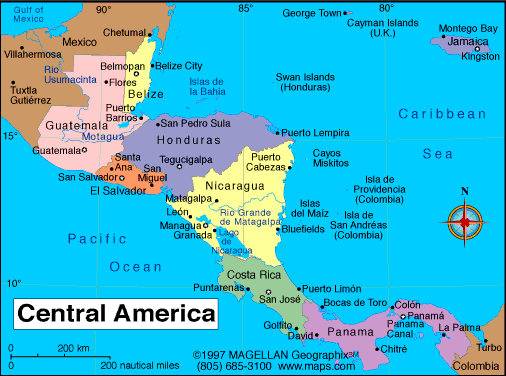by Hibberd Kline
Impunity Watch Reporter, Asia
LAHORE, Pakistan–On Tuesday, protesters took to the streets for a second day across eastern Pakistan to demand that the government put an end to severe, chronic electricity shortages.

Riots broke out in Karachi, Peshawar, Lahore, Quetta, Faisalabad, Sialkot and Gujranwala leading to the arrest of an estimated 200 people.
In Lahore, hundreds of protestors blocked traffic with burning tires. They also set fire to the Lahore Electricity Supply Company office, a Solid Waste Management truck, a Water and Power Development Authority (WAPDA) car, and several private cars.
Lahore police attempted to disperse the rioters with baton charges and tear gas, but were stopped short by a barrage of stones. Though senior officials eventually convinced the larger crowds to cease the violence, smaller protests continued into the night in other parts of the city.
However, the worst reported violence occurred in Gujranwala, where over two dozen separate protests were held in response to 20 hours of blackouts. Rioters burned down police stations and clashed with police, injuring 30 people including 14 policemen. Gujranwala police responded by arresting 20 people.
Police in nearby Sialkot reportedly took a more cautious approach by maintaining a safe distance from the angry crowds as they attacked WAPDA offices and injured several WAPDA officials.
On Tuesday, residents staged peaceful protests in many other parts of Pakistan including tribal areas, where residents have recently faced up to 16 hour blackouts every day and have often been forced to sleep on the streets at night as a result.
The power crisis has apparently not only reduced the quality of life for many Pakistanis, but has also started to take a toll on Pakistan’s economy. The industrial town of Faisalabad has been one of the hardest hit. Faisalabad’s commercial activity has practically ground to a halt in the face of unscheduled 16-20 hour long power cuts over the past several days.
The power shortages and cycled blackouts known as “load shedding” are widely believed to be due to mismanagement and corruption on the part of WAFDA and government officials.
Former prime minister Nawaz Sharif, who currently heads Pakistan’s main opposition party, lambasted the government for “sleeping and doing nothing for the last 15 months” while Pakistan has “fac[ed] a severe power crisis.”
Pakistani Prime Minister Yousaf Raza Gilani attempted to divert criticism by blaming the United States, whom he said should help Pakistan to solve its energy crisis.
However, according to the U.S. Embassy the U.S. is currently working with Islamabad to construct and rehabilitate six power plants. The Embassy says that the additional electricity supplied by these plants will resolve 20 percent of Pakistan’s current energy shortage.
The US has already provided Pakistan with billions of dollars in military and civilian aid over the past decade, much of which was intended to help boost the country’s energy sector.
Many analysts attribute Pakistan’s electricity woes largely to the government’s failure to charge sufficient prices for electricity. Analysts generally also note that many consumers, including the Pakistani government, often fail to pay their electric bills at all. Accordingly, it has been suggested that a lack of funds compounded with bureaucratic ineptitude and outdated transmission systems have significantly hindered growth in Pakistan’s energy production capacity.
However, most analysts note that the idea of increasing the price of electricity for consumers is a sore political issue among Pakistani voters.
For more information, please see:
The Express Tribune – All-out Mayhem: Continued Outages Fuel Anarchy – 4 October 2011
The Express Tribune – Electricity Blackouts: 200 Rioters Sent to Jail as Power Protests Continue – 4 October 2011
The Miami Herald – Pakistani Police, Protesters Clash over Power Cuts – October 4, 2011



